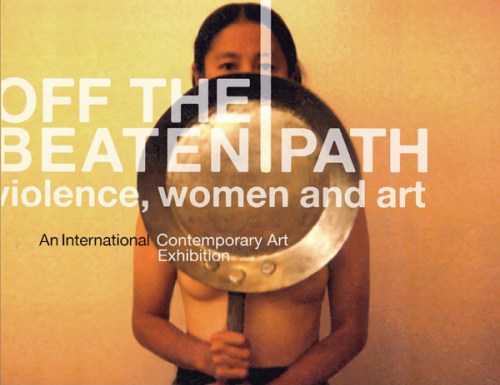I have a friend whose grandmother once reasoned that people can’t hear a woman unless she has her lips on. The southern, self-proclaimed sage was referring to the power of lipstick, and I remember feeling like the statement relegated my paintless adolescent face to that of a Ms. Potato Head whose mouthpiece must have gotten knocked off in a football game that my brother and the neighborhood Rat Pack begrudgingly let me play in.
Fortunately, I have a mom who told me that she didn’t like putting bows in my hair growing up because she didn’t want me to look like a present. Instead, she never hesitated to remind me that I was a gift as I was and so is the life that we’re given.
One of the few, most prized possessions of my nomadic existence is a bright orange, wooden stool that I sat on in my parents’ bathroom nearly every morning of elementary and middle school, waiting for my mom to curl my hair, watching her get ready, staring at our reflections to see how close I was to becoming a woman, and having conversations about what that even meant.
Right now, both ironically and unceremoniously, the stool is serving as a coaster to a stack of academic research about the relationship between language, gender and identity. The central debate is whether English limits and mislabels those who speak it or if we hold ourselves back by how we use and abuse it. What is a woman when not defined in relation to a man but by what she alone brings to the table? Who is anyone when not set up in comparison?
I recently went to see a moving exhibit about women, violence and art titled “Off The Beaten Path” that is currently on display at CDC’s Global Health Odyssey Museum. Although a heartbreaking topic, I was inspired by the way these women not only made themselves and their subjects be heard (regardless of their shade or lack of lipstick), but how they’re changing the dialogue as well.
Of the exhibit, curator Randy Jayne Rosenberg writes, “Avoiding tabloid and sensational imagery, we ask the artists to help us create a new vocabulary—new representations—through their artworks and, in doing so, heal us, transform us and help us feel and understand the essence of the problem of violence against women.”
The image below and its accompanying caption have stayed with me since touring the museum:
“In some communities, where direct intervention is culturally impossible, women respond to severe domestic violence by assembling outside of the household in question and bang out an alarm on pots and pans. This informs the man that the spirit he attempts to break belongs to many, not one.”
I hear these women and I’m sounding off, as best I can, in solidarity.


